As the cold months draw near, it’s great to be assured that keeping your home comfortable despite the unbearable weather conditions is possible. What usually happens is that the heating system in your house works continuously to maintain the right temperature for your family. However, keeping your home comfortable during cold weather can strain the heating system, resulting in skyrocketing utility bills.
One way to maintain a comfortable environment in your home during the winter while keeping your utility bills at a manageable level is to observe several practices to improve your home’s energy efficiency. Here are several ways to maintain an energy-efficient home throughout the winter:
1. Install A Smart Thermostat
The addition of a smart thermostat in your home can significantly help reduce your monthly utility bills. A smart thermostat works by adapting to your personal preferences, readily adjusting the heat level, and knowing when to turn it off.
2. Inspect For Leaks
Another way to ensure that your home is energy-efficient is to regularly inspect for leaks that allow the heating to move outside the house. For example, it would be best to check the spaces between the door and windows. In some cases, the windows might require new caulking.
Don’t forget to check electrical cables or plumbing that runs through the wall if they need better insulation. Pinpointing and fixing these issues will significantly help in lowering the heating costs in your home.
3. Program The Heated Floor Properly
When you have heated flooring, it’s best to program it to heat a space only when necessary. It’s the key to achieving an energy-efficient heating system in your home. Heated flooring such as Heavenly Heat – floor heating systems can help lower your utility bills since it operates at a lower temperature. Additionally, there’s minimal heat loss via the transfer pipes and lower chances of overheating a room.
4. Inspect The Attic
In most homes, the typical culprit for heat loss is poor-quality insulation, especially in the attic. However, when you have a well-insulated home, it can effectively keep the heat inside while your utility expenses will go down.
5. Switch Off Appliances When Not In Use
Appliances that aren’t in use can still utilize power. An example is your mobile phone charger, which uses energy even if your phone is no longer charging. Put together, these appliances can consume a large amount of electricity each year, resulting in increased utility bills. The best approach to avoid this is unplugging any device or appliance you’re not using.
6. Replace Worn Out Or Old Windows
The windows might be one of the culprits for your high utility bills. When you have worn out or old windows, the heat will eventually escape outside. If the windows are the issue, you might want to consider replacing them with new ones if you have the budget. An alternative is applying a new layer of sealant to prevent heat from moving out.
7. Replace The Light Bulbs
When it’s time to replace your old light bulbs, it’s best to switch to the LED variants—one of the simplest ways to make your home energy-efficient. Consider the move as a wise investment since these new, longer-lasting bulbs consume less electricity and can help save energy than conventional light bulbs.
8. Lessen Heat Loss From The Fireplace
It would be best to close the fireplace damper to prevent the heat from escaping unless a fire is burning. When the damper is left open, it allows warm air to rise through the chimney. If you’re using the fireplace most of the time, consider switching to tempered glass doors.
Another option is to install a heat-air exchange setup that works by blowing the warm air back into the home. If you rarely use the fireplace, it’s best to plug and seal the chimney flue while adding caulking around the hearth.
9. Proper Insulation
When your home is prone to draughts, it’s often brought about by gaps in the flooring, windows, and the area under the doors, which results in the escape of warm air. You can roll up blankets, towels, or even newspapers to prevent warm air from moving out.
Other areas where cold air can enter your home include old-fashioned keyholes, cat flaps, and spaces around older doors and windows. With this in mind, make sure that you’ll cover them at night if your house is susceptible to draughts.
If you have the budget to spend, you can consider upgrading the insulation. Although it’s a costly investment, it’ll effectively increase the value of your home and reduce the heating costs considerably.
10. Draw The Curtains
A simple way to maintain an energy-efficient home is to draw the curtains. If you have thick curtains, they can effectively keep the heat in and the cold out. Make sure that you’ll keep the curtains open during sunny weather to keep your home warm. Then, as the sun sets, close the curtains to hold the warmth inside your home.
11. Proper Maintenance Of The Heating System
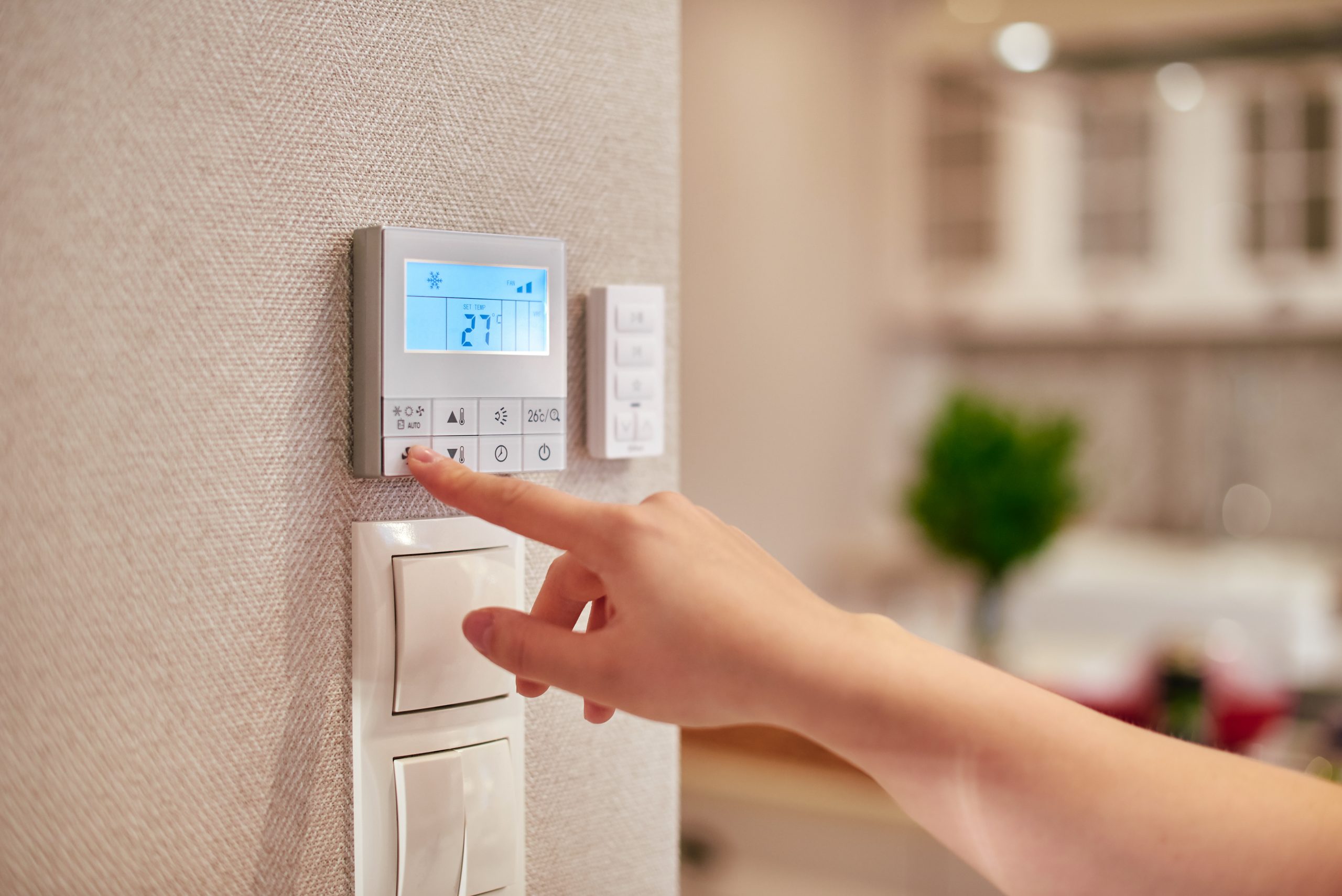
The heating system in your home can last for years if you provide it with regular care and maintenance. Consult a professional to carry out routine maintenance to ensure that it’s functional optimally and ready for the winter.
Conclusion
Maintaining an energy-efficient home will be beneficial in the long run, especially when it comes to saving on heating costs and maintaining the overall comfort of your home during the winter. These practices will effectively improve your experience during harsh winters while also helping you avoid skyrocketing utility bills.

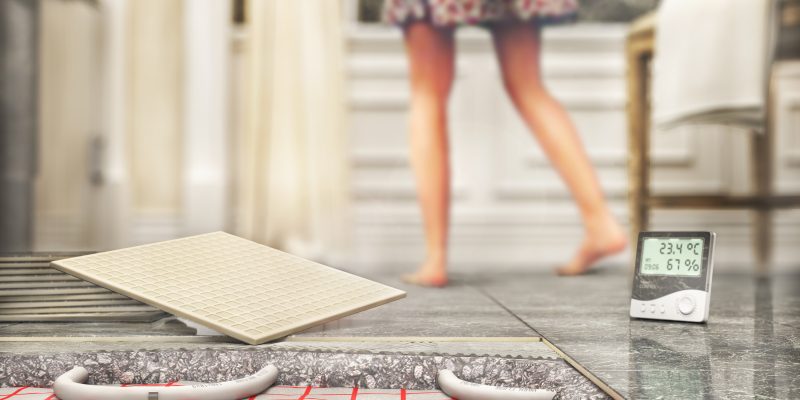




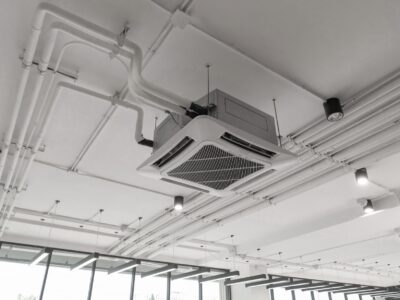
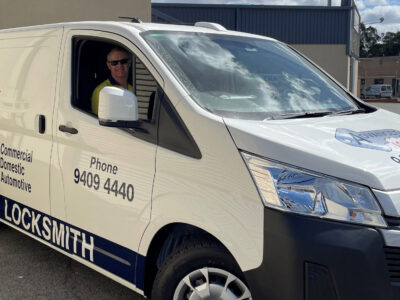
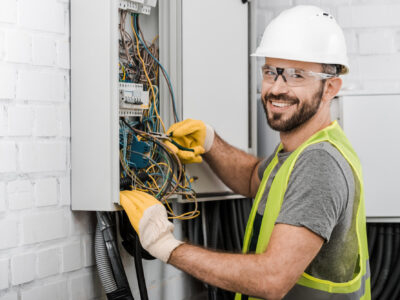
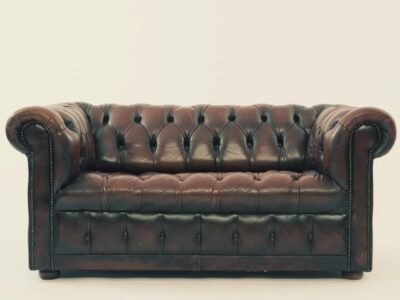



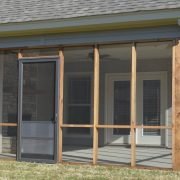
[…] a time of year when you will rely on artificial lights more, using LEDs is one of the better energy-efficient practices for homes during winter […]
[…] a time of year when you will rely on artificial lights more, using LEDs is one of the better energy-efficient practices for homes during winter […]
[…] cost may be high, the long-term effect on your utility bills is worth it. When looking for an energy-efficient appliance, check the energy star label, which is a government assurance that it’s […]